Oyv and I moved into a cabin overlooking Lake Malawi on Christmas Day. You’d think it was a five star hotel, we were so happy about it. Wiped out after several long days of rough travel, even the enormous beetle clinging to the bedroom door didn’t bother me. The lodge was putting on a huge Christmas dinner complete with roasted turkey and we couldn’t have felt any merrier.
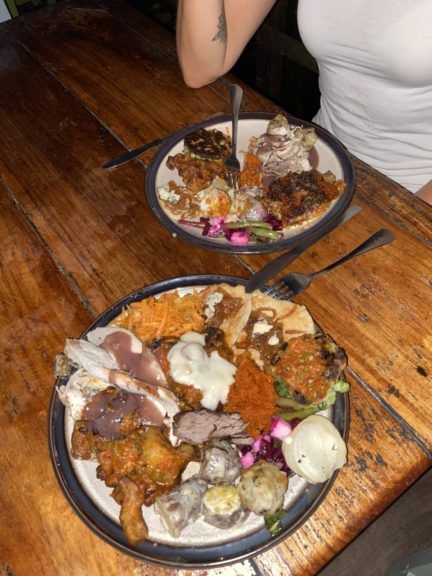
This lake hosts bilharzia, a parasite that can invade human skin, causing fever and other flu-like symptoms. Many lakes host worse things and plenty of other people were swimming, so I hopped in and swam too, deaf to Oyv’s protests.
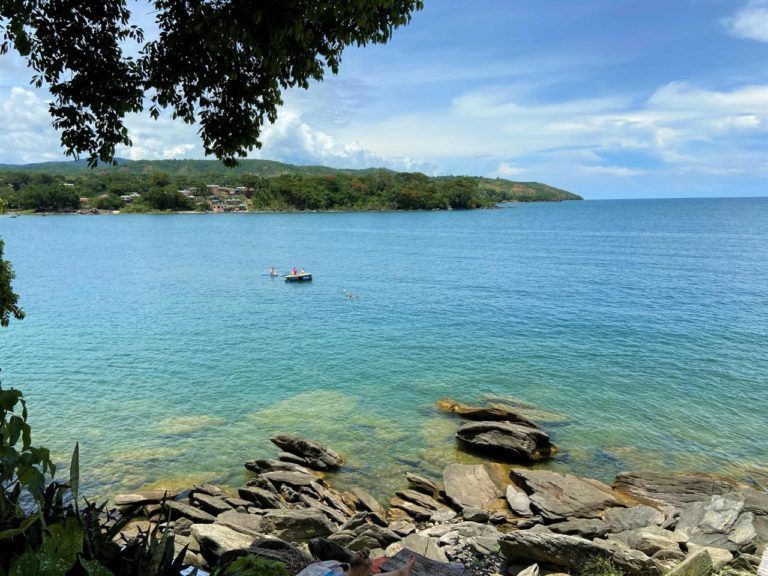
When I returned to our front porch he was busy googling all the things that might happen to you if you get infected with bilharzia, and the ways you can prevent it (such as not swimming in Lake Malawi, for starters). I’ll revert to this subject again in another month if I develop a raging fever and headache.
Of course, if you run into the wrong parasite you can end up very sick. But I tend to be more afraid of really tangible things: the giant beetle sharing our room, for example, or deadly traffic accidents brought on by insane driving. This is a major difference between us. I’m brushing my teeth with tap water, while Oyv sighs at my reckless abandon and gets out the filter. I eat all the crispy, raw vegetables I can find; Oyv eyes my plate warily, as though he can see the potential stomach bugs crawling on the salad, and he sticks to cooked food. But he is unfazed by any giant insect that crosses his path, including the deep-fried ones he’s eaten on more than one occasion. And I have yet to see him bothered by anybody’s reckless behaviour on a bus (except mine. Oyv hates it when I start rebuking drivers for talking on the phone).
So between us we’ve got most phobias handled: one to cover parasites and germs, one to cover insects and accidents. It’s all good. We encounter one or another of these every single day on our travels.
Anyway, the entire reason we were in Malawi in the first place was because we’d faced a couple of hiccups on our way into Mozambique by road. And by hiccups I mean, heavy rainstorms that washed out roads and collapsed a bridge we needed, plus armed conflict just over the border. ‘It’s not safe. People are getting killed there’ we heard more than once, as we prepared to set off and cross. This is not something you want to hear when you are planning the next leg of your trip. United in being worried about the same thing for a change, we re-routed around the lake and into Malawi to approach northern Mozambique from a different angle, and that’s why we now found ourselves eating roast turkey and confronting other phobias head-on, instead.
Emerging from intense turkey-comas (it’s been a while since we saw a turkey at Christmas – we may have overindulged), we continued on our way around Lake Malawi toward another Mozambican border post.
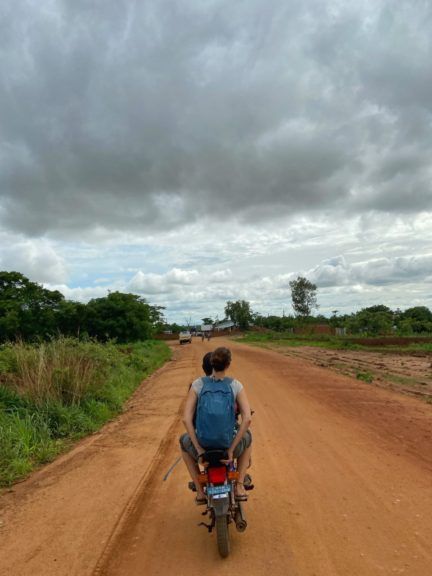
‘Bem vindo’ said the first officer we met when we climbed off our bikes: finally, Mozambique.
The big buses and smooth paved roads of Malawi stopped abruptly at the border. We hitched a ride with a local family, packed into the backseat amongst piles of luggage. They seemed to have been on a cross-border shopping run…for bags of chips. We tried to ask, but English stopped at the border too.
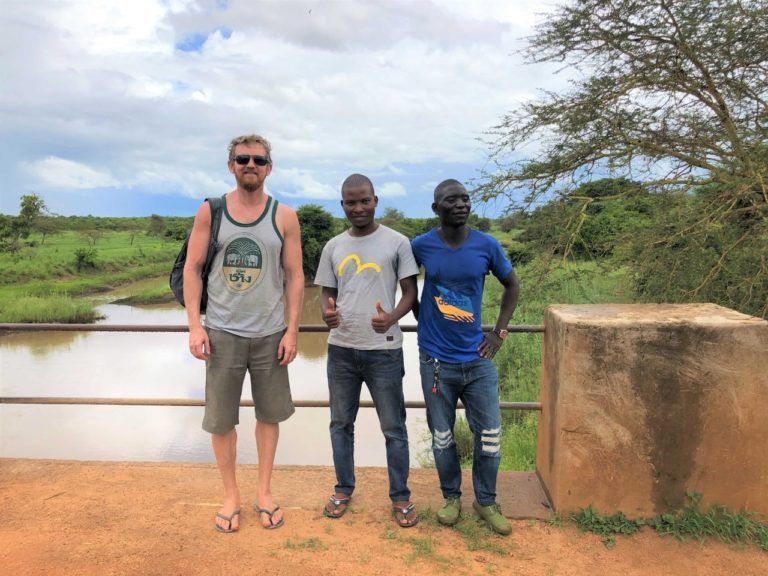
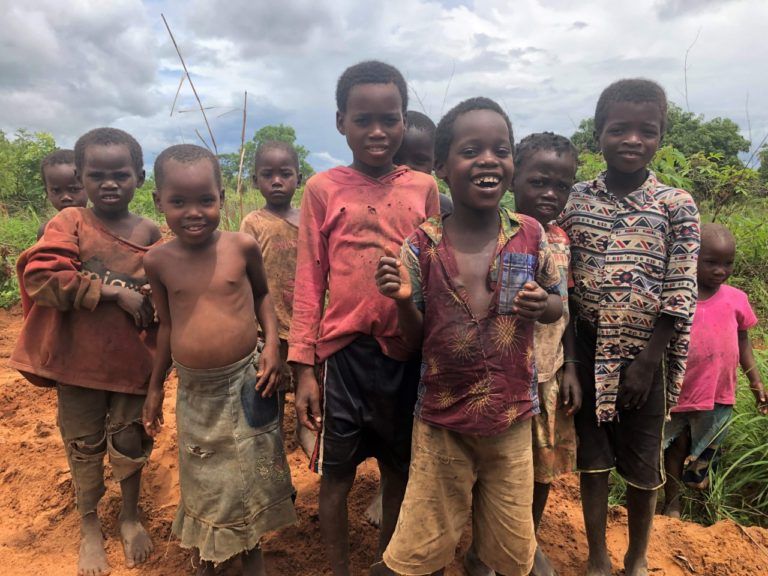
Banging slowly along rust-red dirt roads we eventually reached Cuamba. One of the largest towns in the interior of the country, it’s the proverbial end of the road in Mozambique. Further west is the empty space we hitched through with the family of chip smugglers; further still than that, and you’re back in Malawi. Starting from the end of the road in Mozambique, we bought tickets for the twice-weekly train to Nampula.
During the day Cuamba is quiet. Deserted even. But when we showed up at four in the morning to board the train, armed guards were forcibly holding back a surging tide of rowdy passengers battling each other to get on in the dark, and so we joined them. Guards, and excessive pushing and shoving: some things neither one of us is the least bit afraid of.
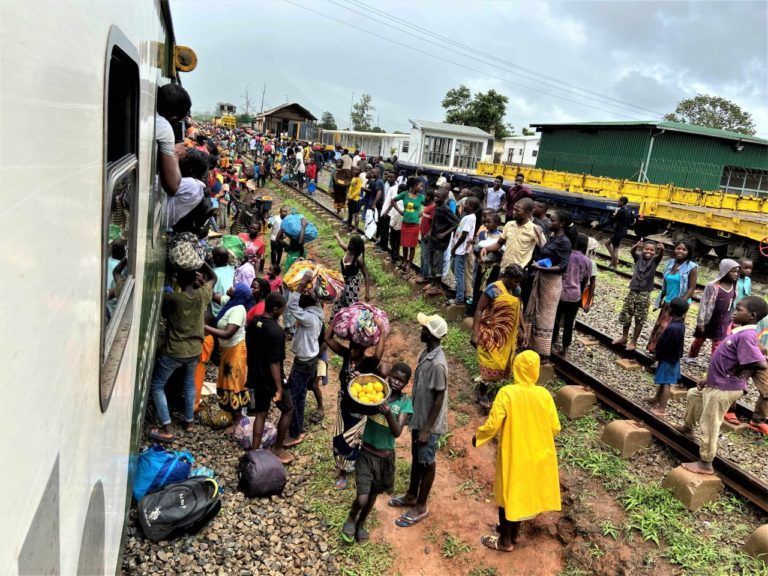
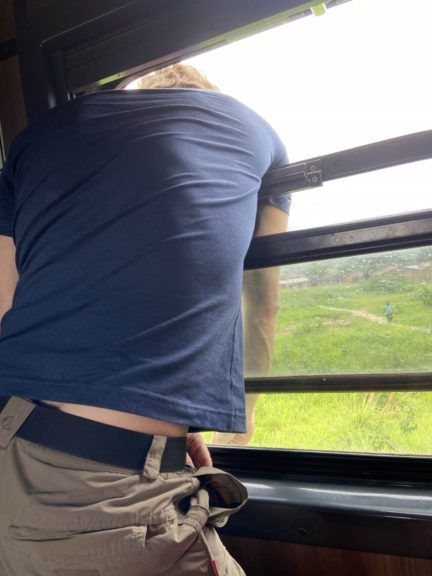
Some of these desolate and remote towns like Cuamba aren’t up to much. But the wild green interior of Mozambique is a beautiful place, and the real star of the show is this country’s long, beautiful, and often undeveloped coastline.
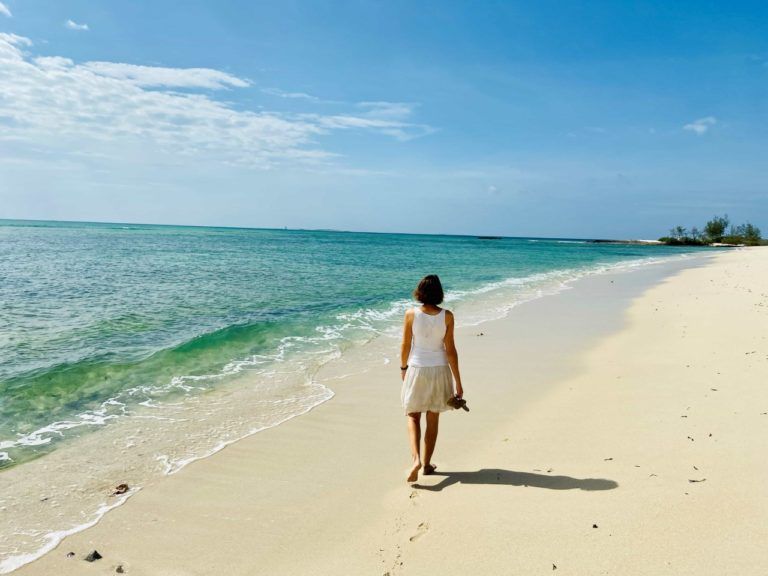
Oyv found us a guesthouse on an empty beach, said to be the very spot where the Portuguese explorer/conqueror Vasco de Gama first stepped foot in 1498 (not sure that’s something everyone wants to commemorate, but it’s an interesting thought). The place had an unexplored feeling to us, too: we sailed there on a dhow, and climbed out onto the beach in total darkness when the wooden boat struck the shore with a soft thump. Our captain led us on a forty minute walk-and-wade through the low-tide mangrove swamps, the starry sky and the moon our only light. Reaching the guesthouse we went to bed without any real idea of our surroundings – and woke up the next morning to a windswept retreat backed by mangroves, perched on the dunes overlooking the ocean. Nothing but an expanse of white sand stretched out on either side of the little clutch of guesthouse buildings, all of reclaimed materials patched into a ramshackle beach paradise.
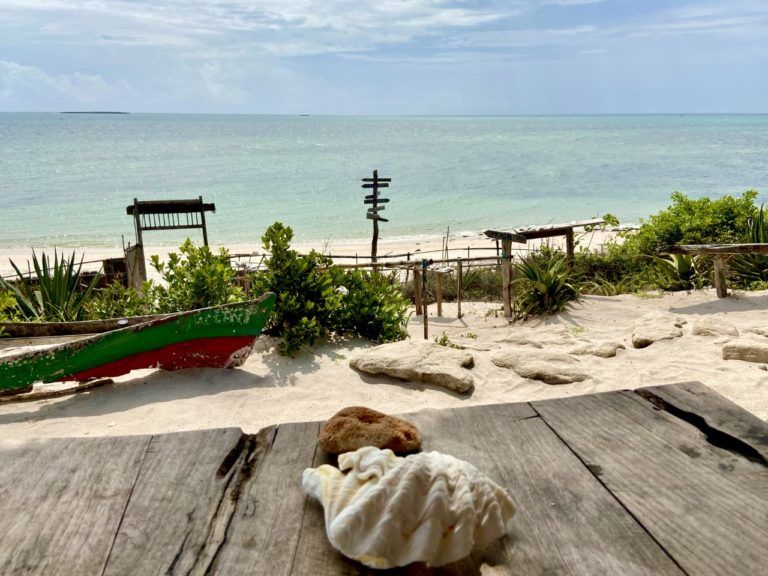
And of course, what is a beachfront paradise without seafood that comes straight from the ocean to your plate?
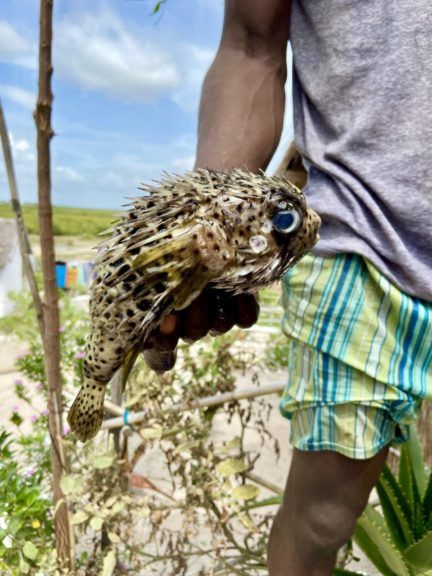
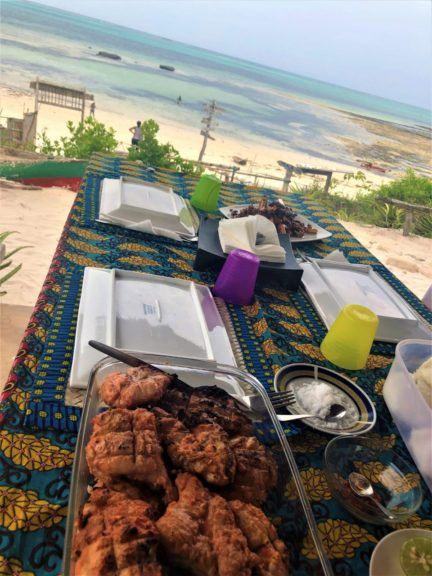
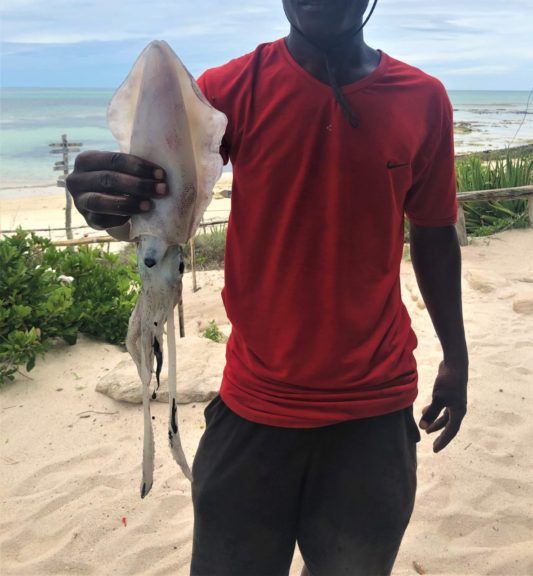
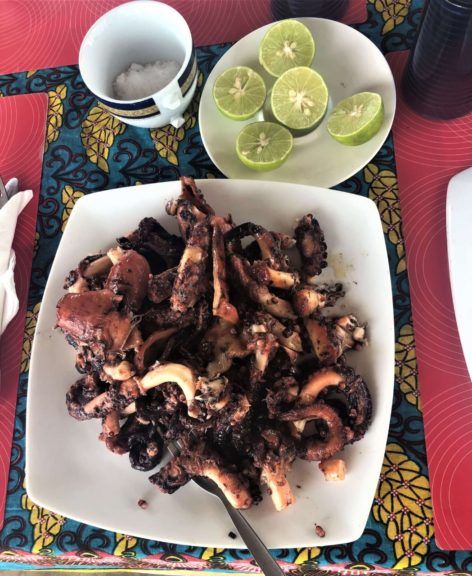
So after all the rough and raw travel, life suddenly slowed down for us.
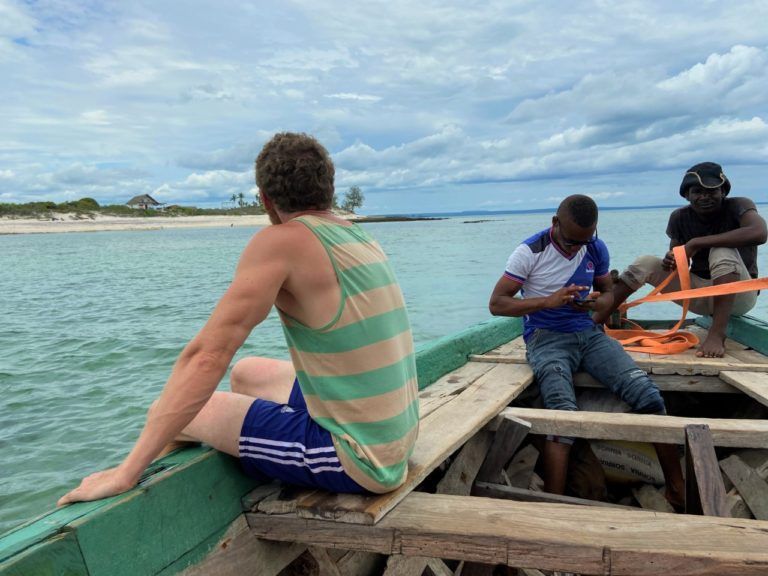
One day we sailed languidly back from the beachfront guesthouse to Ilha de Mocambique.
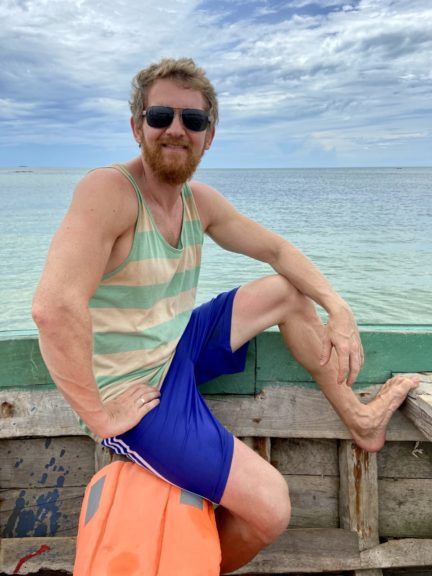
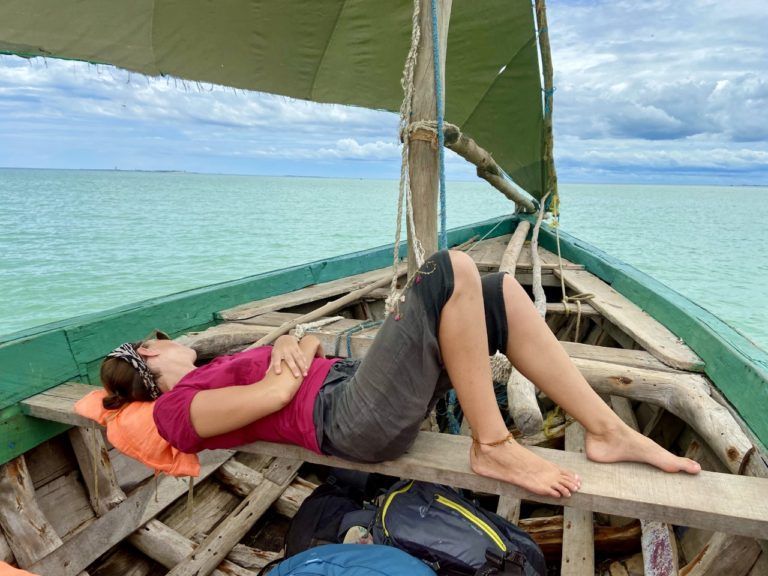
The oldest European settlement in Africa, Ilha is not just a town, but, as its name suggests, an island. It’s a tiny one too: a coral outcrop just three kilometers long and six hundred metres wide.
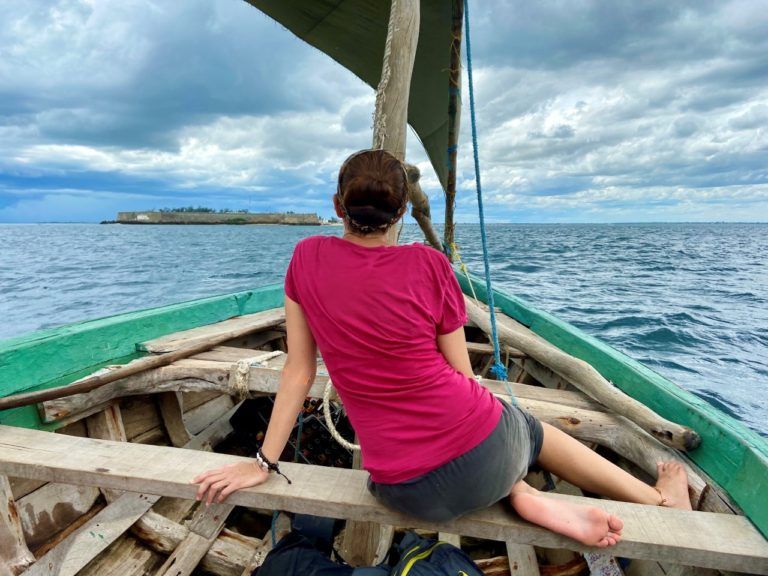
Already an important Swahili trading centre, by the early 16th century the Portuguese made it the capital of their East African empire. A port to rival Mombasa, the main activity was a booming trade in gold, ivory and slaves – by the 1820s, around thirty thousand captives a year passed through Ilha’s markets. The first battle in Africa between European powers took place here too, when the Dutch tried and failed to seize the town in 1607. The Portuguese shifted their capital to Maputo in 1898, and like so many other coastal settlements in East Africa, Ilha de Mocambique slid into economic decline.
Today the island is a UNESCO world heritage site, home to some of the oldest buildings in the southern hemisphere. It’s a quiet place, inhabited mainly by African Muslims. Forced out under Portuguese rule, they drifted back after the Portuguese left. The massive Fortaleza de Sao Sebastiao is the only original 16th century building that survives to this day.
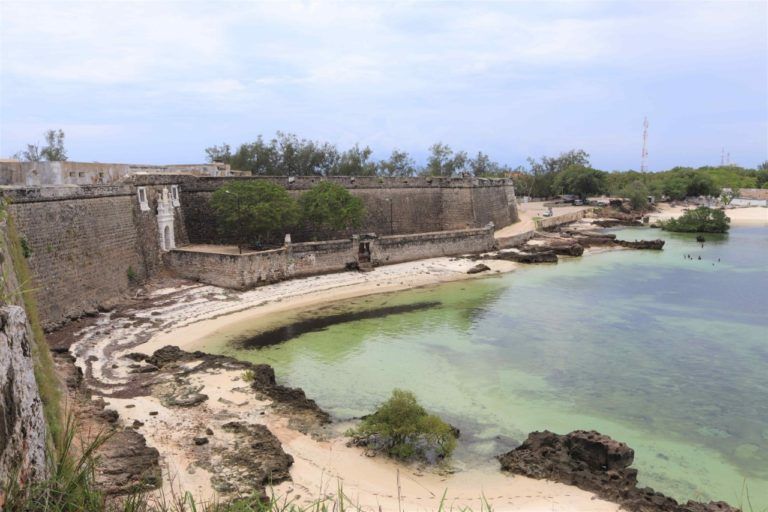
Catholic churches and mosques share the streets, and there is a statue of de Gama himself near the beach where the local dhows pull up and anchor just offshore.
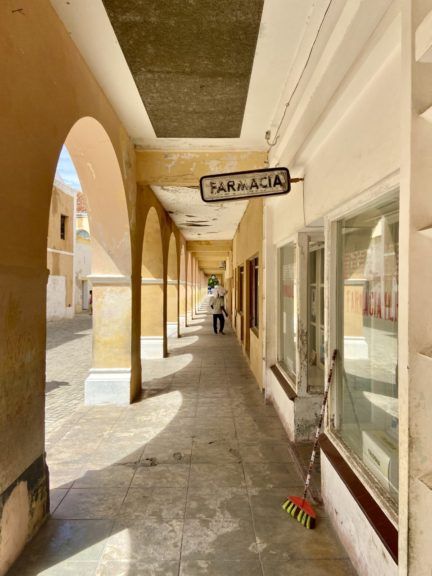
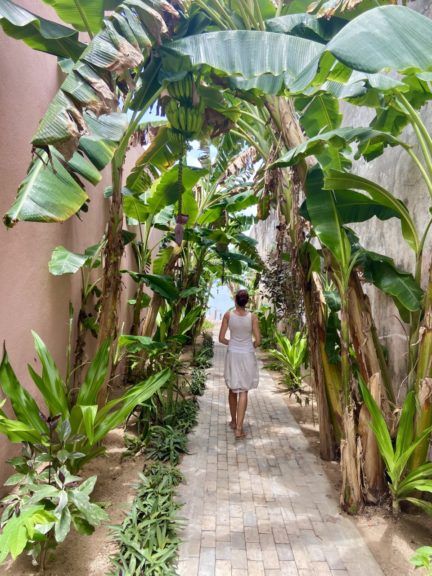
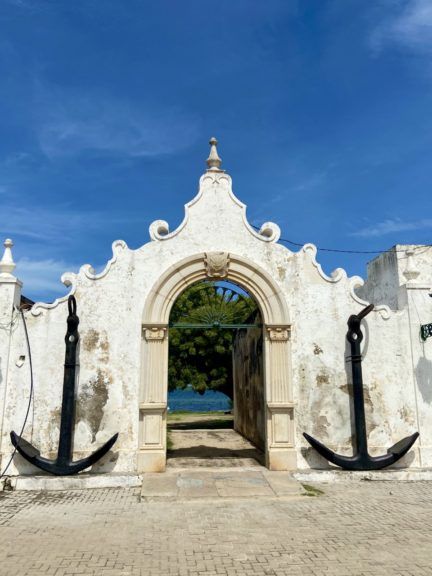
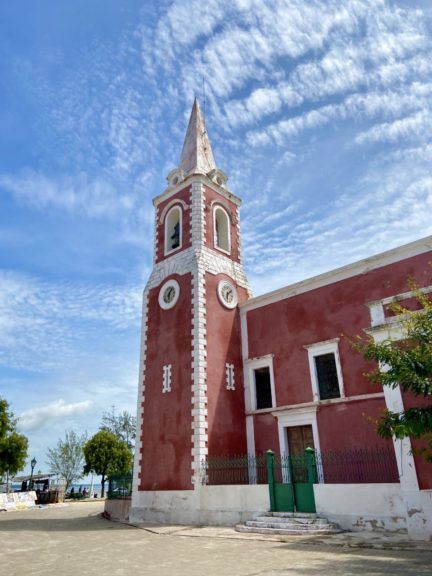
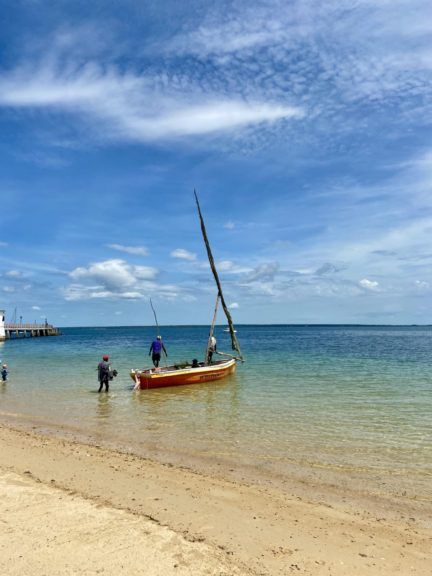
Ilha is undergoing a sort of renaissance – crumbling villas restored and converted to boutique hotels; new restaurants and cafes springing up.
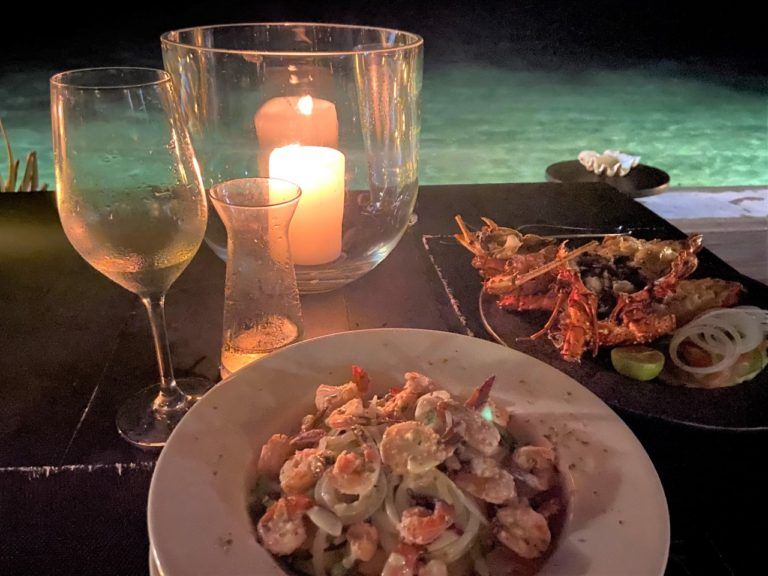
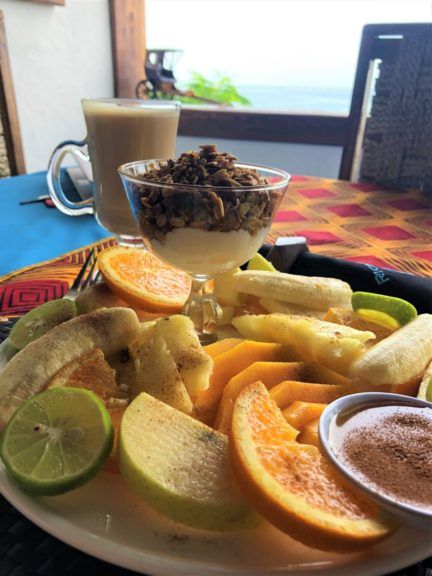
And as for the weather: when the rains come in northern Mozambique, they come with a vengeance. Washed out roads and collapsed bridges are one concern, but possibly the least.
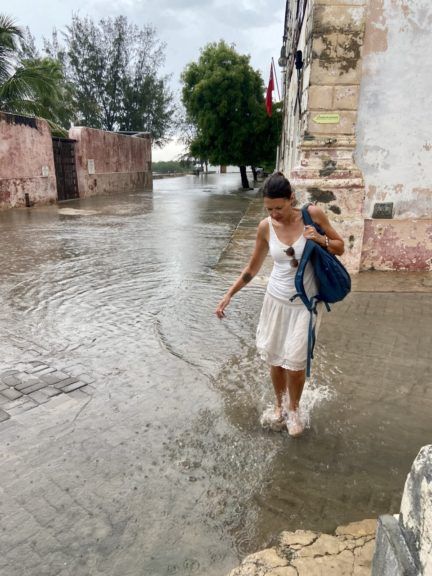
During an intense afternoon downpour as we scrambled to pull the banging shutters closed and mop up the water pooling on the bedroom floor, we found ourselves just hoping it wasn’t a cyclone. One of the worst cyclones on record in sub-Saharan Africa swept through here in early 2019 and devastated much of the coastline, leaving a massive humanitarian crisis in its wake. Maybe we were unnecessarily concerned – the hotel staff weren’t bothered, they probably know a cyclone coming when they see one. Even as the power went out and the rain pounded down on the steel roof, the receptionist approached me. He shouted at the top of his lungs over the deafening roar: ‘Would you like something to drink, madam?’. So I ordered some wine, and gave up mopping.
As you may have gathered from this post, northern Mozambique is not the easiest place to reach, nor is it easy to travel around in, if you do manage to get there. The rains and the conflict on the road stopped us travelling south by bus, so we flew in a rainstorm of biblical proportions to Maputo. My transport fears usually don’t apply on planes but in this case I made an exception; Oyv’s only concern that more mosquitoes might be out after the rain and we’d catch malaria. In the end none of our fears were grounded. We landed in Maputo safely as ever, and as far as I know right now, neither of us has malaria. Although I suppose I’d still better watch out for bilharzia.
Read more
Check out the rest of my stories from the road, for more of my adventures (and misadventures) in Malawi and Mozambique.




This Post Has One Comment
Hello! This is definitely a trip that impressed me! Your photos are gorgeous! Your blog is by far the good source I’ve found. Thanks!